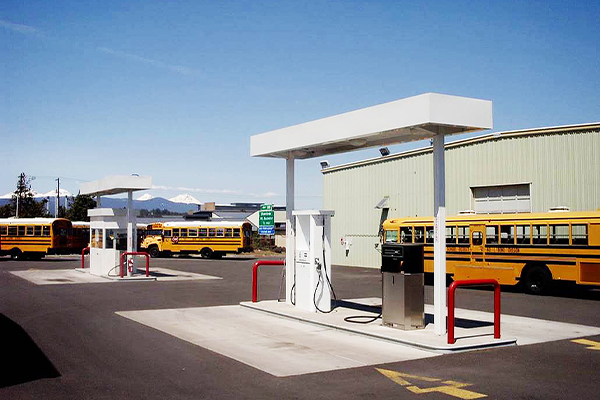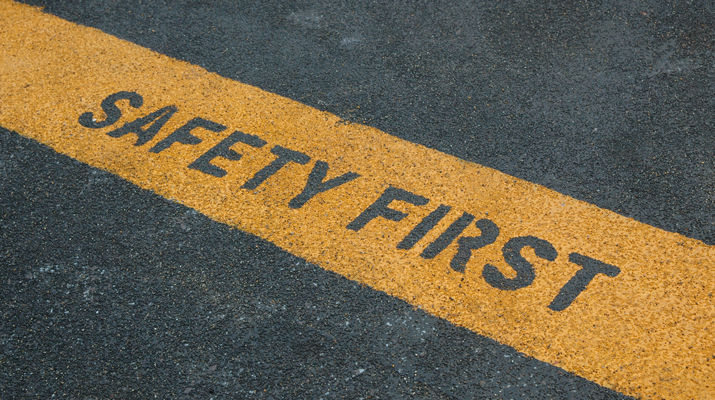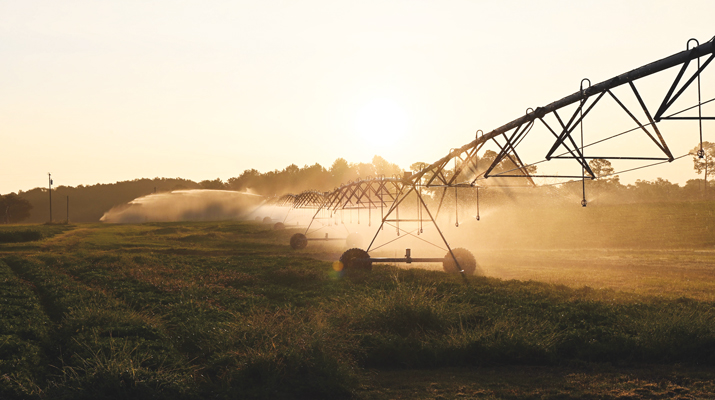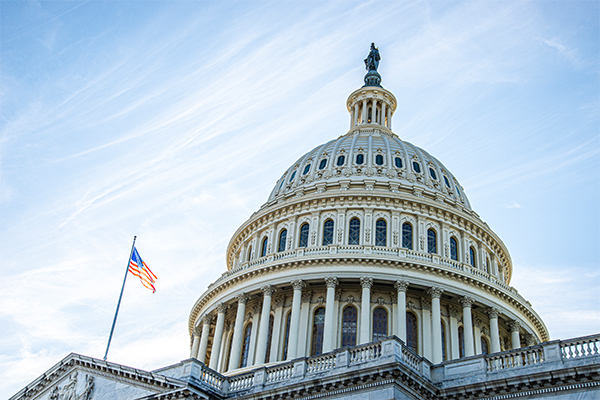Propane Fuels America: Oregon
LP Gas’ yearlong Propane Fuels America series takes a deep dive into how each state benefits from the propane industry. Here’s our report on Oregon.
Total odorized propane demand (2019): 98 million gallons
U.S. rank for gallons sold: T-35
Gallon sales trend: Oregon has trended upward since selling 88 million gallons in 2017 and 92 million in 2018.
Census region/division gallons: West: 1.71 billion/Pacific: 910 million
Propane autogas school buses/districts and contractors: 1,059/47
Market pointers

Oregon is no stranger to powering school buses with propane autogas. Photo courtesy of Roush CleanTech
⦁ A substantial commercial market – larger than the residential sector in gallon sales. Business-focused market becomes rural east of the mountains. Residential heating demand is strongest in the eastern half of the state.
⦁ Moderate temperatures and an abundance of wood burning for home heat weigh on residential propane demand, but opportunities exist to expand propane’s market share in this sector.
⦁ Agriculture is a small but critical market. Nursery and greenhouse products rank consistently as Oregon’s top agricultural commodity. Vineyards use propane for frost prevention. The growth of hemp farming opens additional opportunities.
⦁ A strong foundation for propane-powered school buses with more than 1,000 on LPG, ranking it sixth in the U.S., as of 2020, for the total number of propane school buses. In 1983, Portland Public Schools, one of the largest districts in the Pacific Northwest, converted its school bus fleet to propane power. As of 2019, it had more than 175 propane autogas buses in its fleet.
⦁ A challenging regulatory and legislative environment with a strong push for electricity and renewable energy. Oregon has a low carbon fuel standard, making the use of nascent renewable propane, which has been introduced in the state, all the more important as it could help generate credits. In Oregon’s Clean Fuels Program, companies earn credits or create deficits based on the carbon intensity of their fuel.
Fast facts
State association affiliation: Pacific Propane Gas Association (PPGA)/pacificpropane.org
Programs: Rebates for marketers and propane customers. Most utilized are customer rebates, including on-road vehicle incentives and safe appliance installation program. PPGA provides a $1,500 incentive on a newly purchased propane vehicle or conversion on an existing vehicle with a propane system. The safety appliance program covers most types of appliances with rebates up to $500. Visit ppgarebates.com.
Marquee events in 2021: PPGA is a partner at the Western Propane Trade Show & Convention in Reno, Nevada. Annual meeting planned for Kauai, Hawaii, following NPGA Propane Expo in October.
Before COVID-19: The propane industry in Oregon had contributed $542 million to the 2018 state economy. It’s too early to assess COVID’s impact on gross domestic product.
“The state is looking at different regulatory mechanisms to reduce overall carbon emissions. We spend a lot of time trying to educate on how propane can be a benefit to carbon reduction and other greenhouse gas reductions, try to play up some of the markets that we’ve been successful in – school buses and the autogas sector.” – Matt Solak, executive director, PPGA
What’s the weather?
Average temperature (2019): 47.2 degrees F
Annual heating degree-days five-year average (2015-19): 5,136
U.S. average: 4,090
Sources: Propane Education & Research Council’s U.S. National and State Propane Market Profiles; Annual Retail Propane Sales Report; propane.com; U.S. Energy Information Administration’s State Energy Profiles; Pacific Propane Gas Association; Oregon Association of Nurseries
















